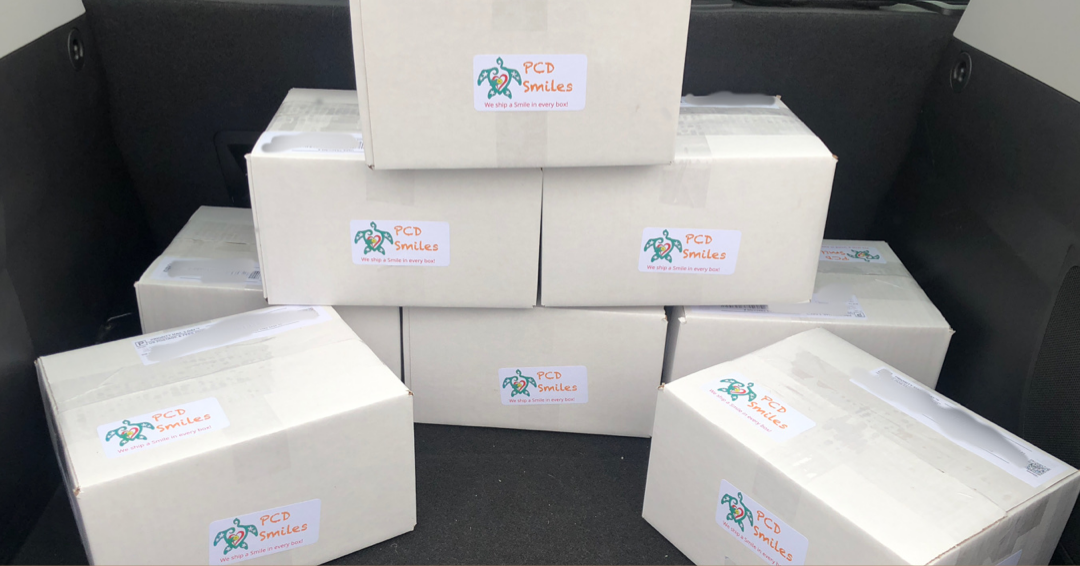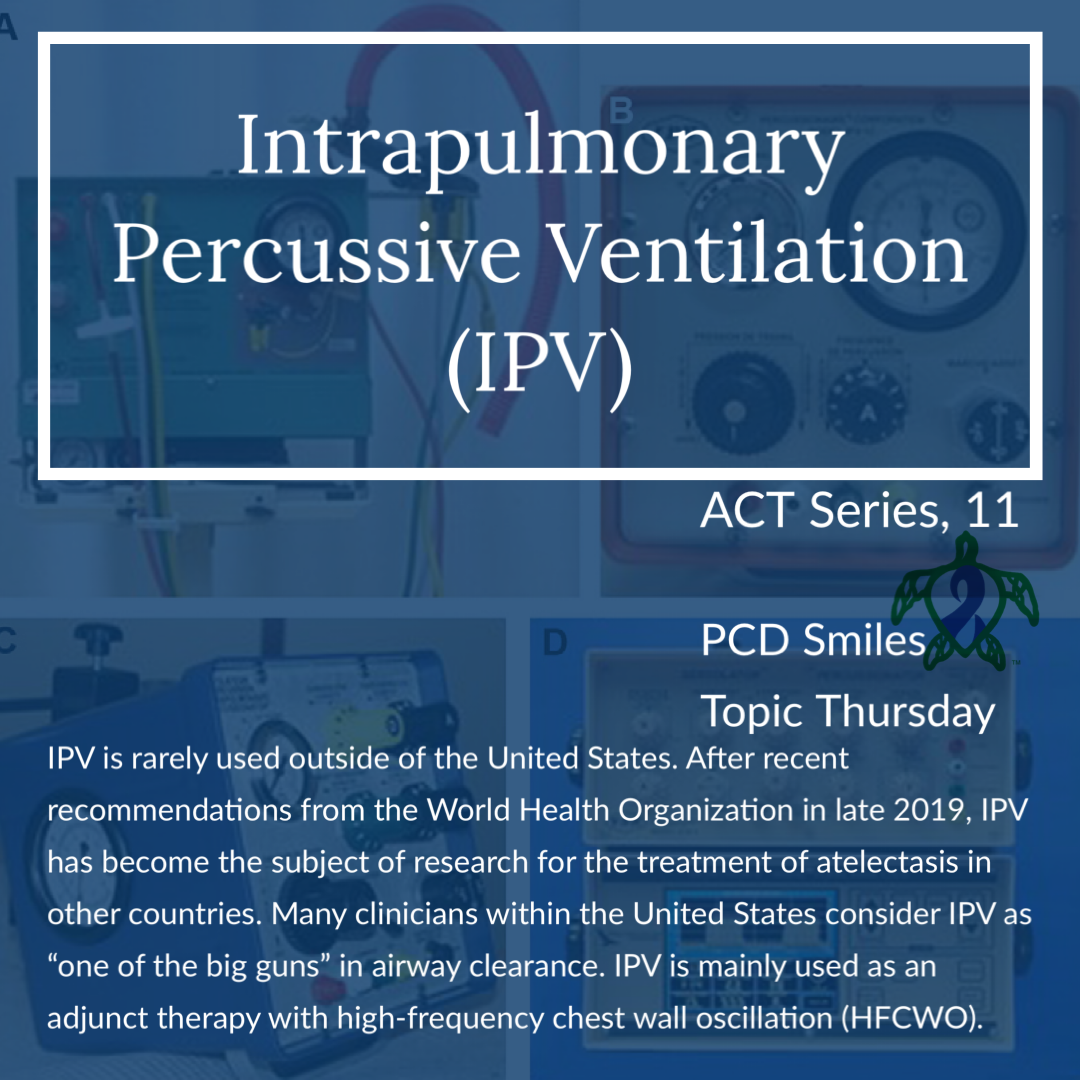
ACT Series, 11: Intrapulmonary Percussive Ventilation (IPV)
The next device that we will cover in our airway clearance technique (ACT) series is intrapulmonary percussive ventilation (IPV). IPV is rarely used outside of the United States. After recent recommendations from the World Health Organization in late 2019, IPV has become the subject of research for the treatment of atelectasis in other countries. Many clinicians within the United States consider IPV as “one of the big guns” in airway clearance. IPV is mainly used as an adjunct therapy with high-frequency chest wall oscillation (HFCWO). Basically IPV is used together with another primary ACT, like vest therapy, to assist the primary ACT and not as a standalone ACT. There is little scientific evidence to support the effectiveness and or the efficacy of IPV therapy.
Read more: ACT Series, 11: Intrapulmonary Percussive Ventilation (IPV)
- Hits: 2936
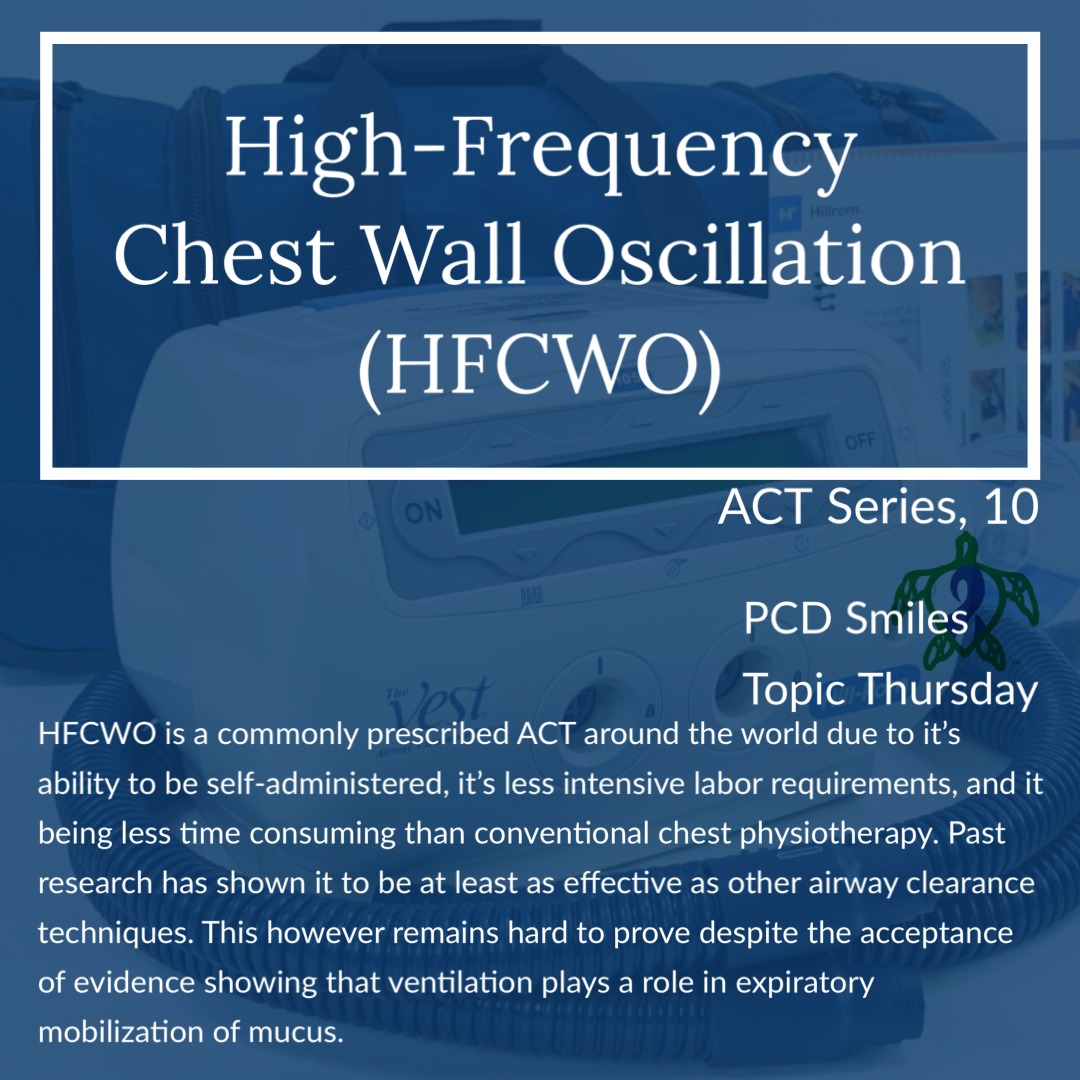
ACT Series, 10: High-Frequency Chest Wall Oscillation (HFCWO)
The next device that we will cover in our airway clearance technique (ACT) series is high-frequency chest wall oscillation (HFCWO). HFCWO is a commonly prescribed ACT around the world due to it’s ability to be self-administered, it’s less intensive labor requirements, and it being less time consuming than conventional chest physiotherapy. Past research has shown it to be at least as effective as other airway clearance techniques. This however remains hard to prove despite the acceptance of evidence showing that ventilation plays a role in expiratory mobilization of mucus. So outside the United States HFCWO remains an experimental practice. A practice that is reserved for patients with specific medical conditions who are experiencing steep medical declines, and who’s declines have failed to level off or respond to all other forms of airway clearance. HFCWO is usually then granted to these specific patients on compassionate grounds, but not always. Most national health care systems outside the United States follow this line of reasoning, but the patient and their families are often required to pay out of pocket for the more expensive HFCWO devices like the vest airway clearance systems. One such country that allows the vest through this process is the United Kingdom (UK). Although rare, cystic fibrosis (CF) patients who are in step decline and have documentation showing that they have not responded to all other methods of airway clearance can be prescribed the vest airway clearance system in the UK. Whether or not the NHS actually pays for the machine depends on their regional authority who controls expenditures within the region.
Read more: ACT Series, 10: High-Frequency Chest Wall Oscillation (HFCWO)
- Hits: 3119

ACT Series, 9; Oscillatory Positive Expiratory Pressure (OPEP)
The next device that we will cover in our airway clearance technique (ACT) series is oscillatory positive expiratory pressure (OPEP). OPEP is the most prescribed ACT device for bronchiectasis patients in the United States. In stable bronchiectasis patients twice daily therapy with an OPEP device can improve the patient’s quality of life, improve the subjective symptoms of the patient, and improve airway clearance. However evidence of effectiveness of OPEP therapy is lacking for non-stable patients with bronchiectasis who experience frequent exacerbations. Evidence is also lacking for bronchiectasis patients with higher viscosity secretions or rather thicker mucus. While there is scientific evidence that shows that OPEP devices prevent acute exacerbations in chronic obstructive pulmonary disease (COPD), evidence is lacking that OPEP devices prevent acute exacerbations in patients with bronchiectasis. The main draw back to OPEP devices for any patient is that the device performance is subjective to each particular OPEP device, each chosen device setting, as well as patient effort and cooperation and lastly the patient’s overall health picture.
Read more: ACT Series, 9; Oscillatory Positive Expiratory Pressure (OPEP)
- Hits: 3182
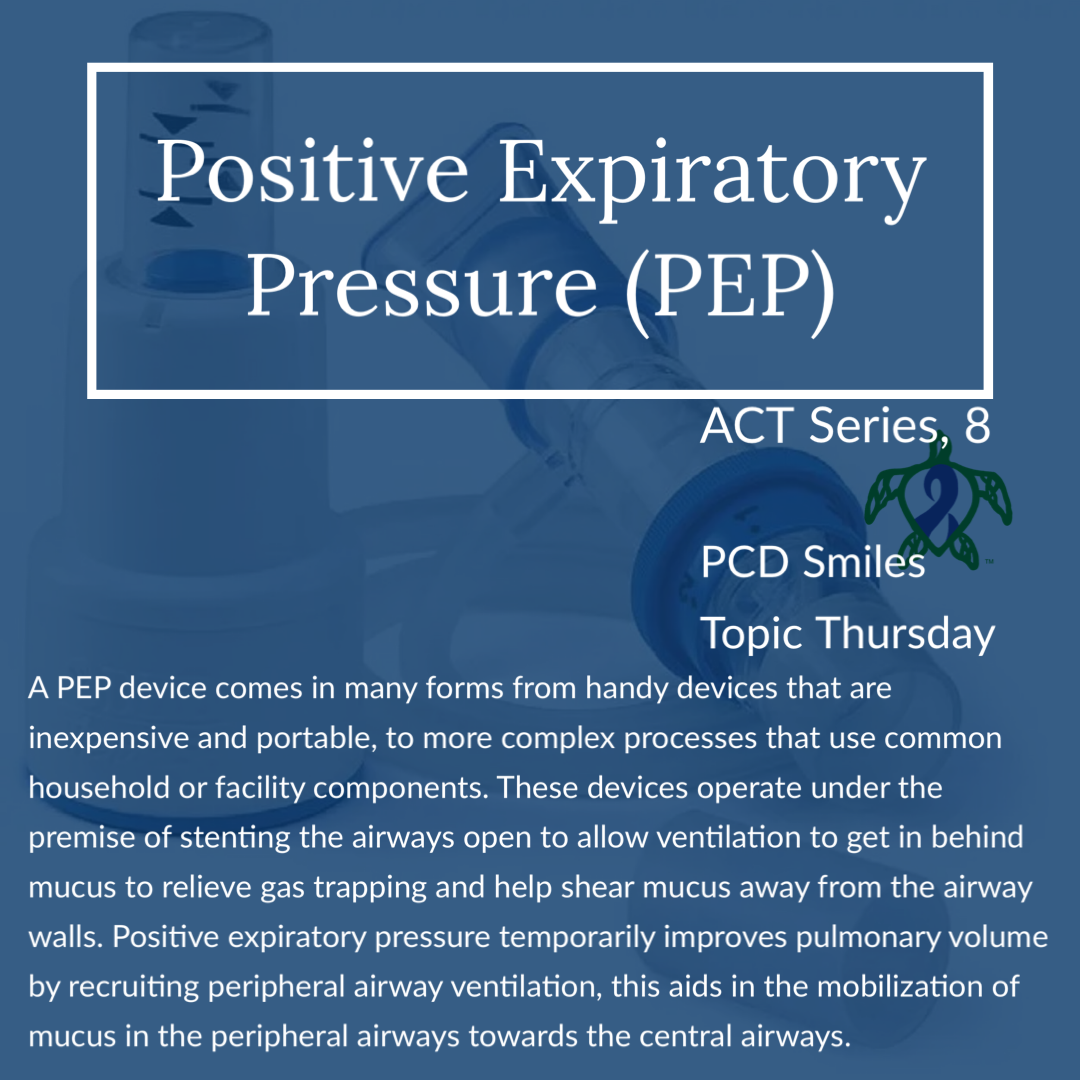
ACT Series, 8; Positive Expiratory Pressure (PEP)
As we move into the devices used as airway clearance techniques (ACTs) it is important to understand that as the patient population with mucociliary clearance disorders ages, due to advances in research and treatment of those disorders, it has become apparent that airway clearance techniques that patients could do on their own actually increases treatment compliance. One of the first devices we will talk about are PEP devices, or rather positive expiratory pressure devices. A PEP device comes in many forms from handy devices that are inexpensive and portable, to more complex processes that use common household or facility components. These devices operate under the premise of stenting the airways open to allow ventilation to get in behind mucus to relieve gas trapping and help shear mucus away from the airway walls. Positive expiratory pressure temporarily improves pulmonary volume by recruiting peripheral airway ventilation, this aids in the mobilization of mucus in the peripheral airways towards the central airways.
Read more: ACT Series, 8; Positive Expiratory Pressure (PEP)
- Hits: 3056
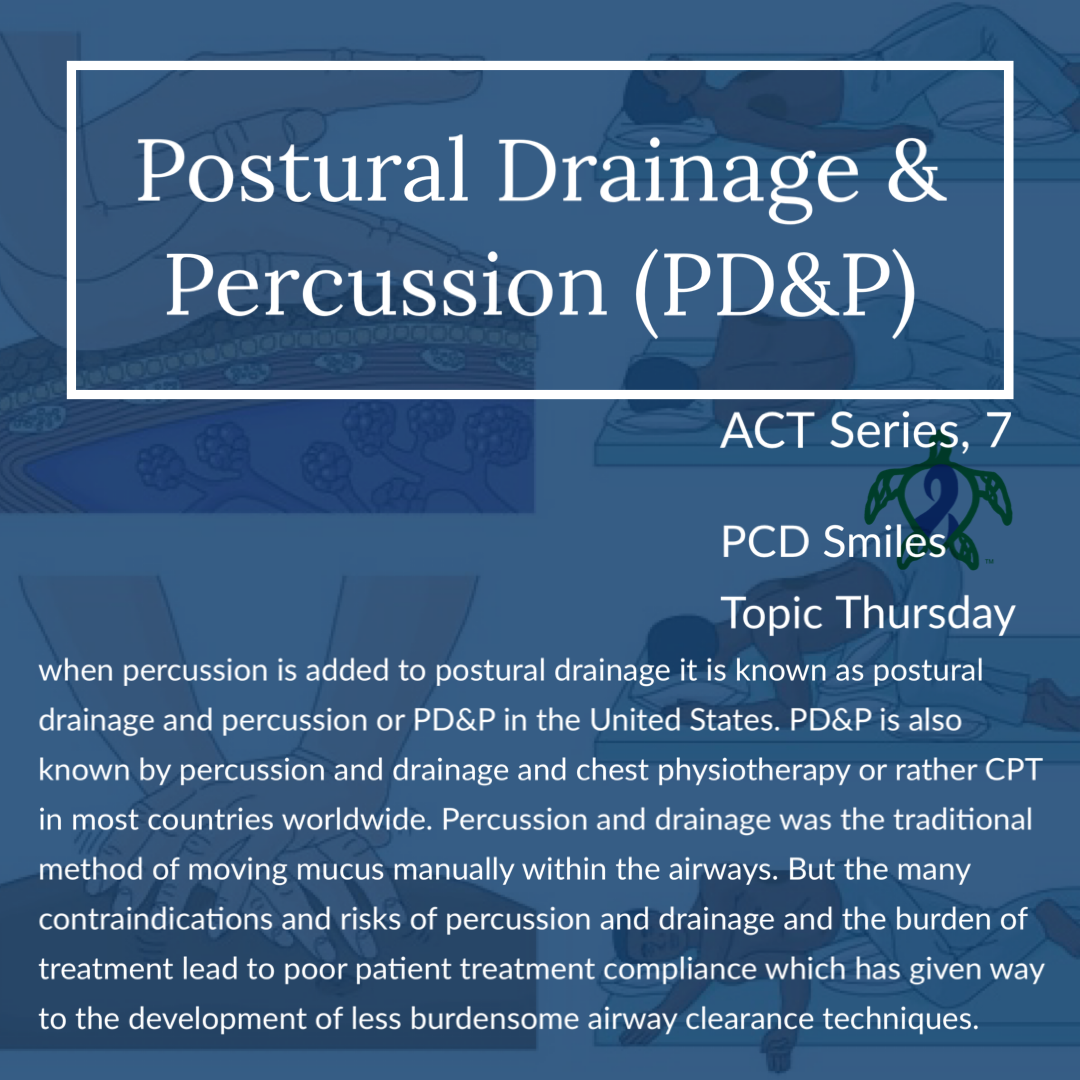
ACT Series, 7; Postural Drainage & Percussion (PD&P)
As we continue our deep dive into airway clearance when percussion is added to postural drainage it is known as postural drainage and percussion or PD&P in the United States. PD&P is also known by percussion and drainage and chest physiotherapy or rather CPT in most countries worldwide. Percussion and drainage was the traditional method of moving mucus manually within the airways. But the many contraindications and risks of percussion and drainage and the burden of treatment lead to poor patient treatment compliance which has given way to the development of less burdensome airway clearance techniques. There is research that supports the use of percussion and drainage in patients with cystic fibrosis (CF), and those parents with similar mucus viscosity seen in CF, who can tolerate it. Proper percussion and drainage is caregiver dependent, meaning the patient can not effectively perform this airway clearance technique by themselves; they must have a caregiver’s help.
Read more: ACT Series, 7; Postural Drainage & Percussion (PD&P)
- Hits: 2631
More Articles …
Page 2 of 13

Random Fact Friday 2024.138

Random Fact Friday 2024.131
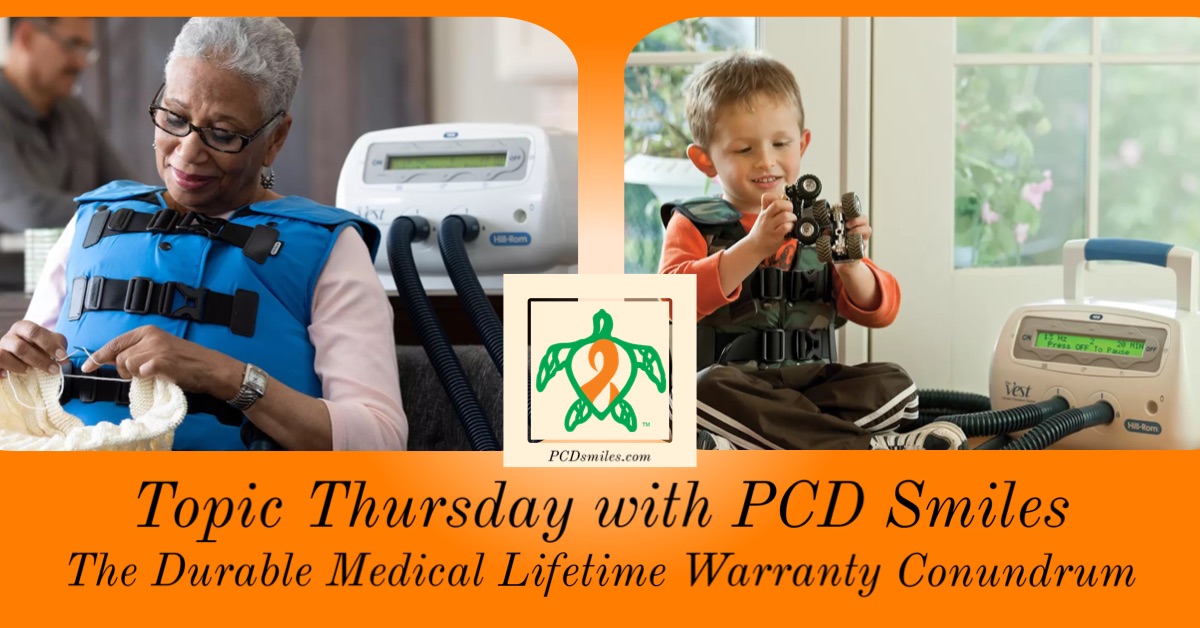
The Durable Medical Lifetime Warranty Conundrum

Environmental Influences in PCD


